Pilot Training of the German Air Force in the Second World War (Part I).
Pilot Training of the Luftwaffe before 1942.
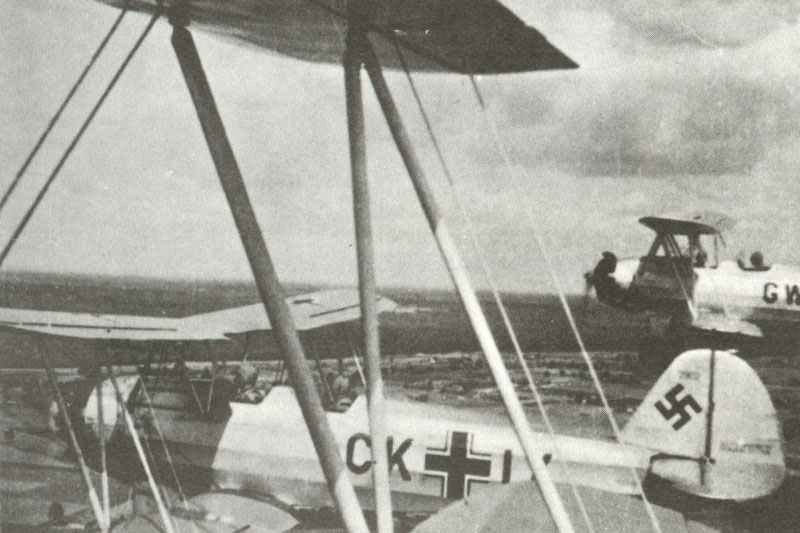
Pilot Training of the German Air Force in WW2
During World War II, the German Luftwaffe’s pilot training program underwent significant changes as the war progressed. Initially, the Luftwaffe had a rigorous and comprehensive training system that produced highly skilled pilots.
In the early stages of the war, Luftwaffe pilot candidates underwent a course lasting about six months, which included 50 to 60 hours of flying time. This initial training was followed by additional instruction in blind-flying techniques, ensuring pilots were well-prepared for various combat scenarios.
The Luftwaffe’s training program was initially quite thorough, with pilots progressing through various stages. After completing basic pilot training and obtaining their A/B license qualification, new pilots moved on to study the flight characteristics of specific aircraft. This comprehensive approach contributed to the Luftwaffe’s early success in the war.
However, as the conflict wore on and Germany’s resources became increasingly strained, the quality and duration of pilot training deteriorated significantly. By early 1944, Luftwaffe fighter pilot training had been shortened to an average of just 160 flight hours. This reduction in training time was a stark contrast to the more extensive programs of the Allied forces.
The decline in training quality had severe consequences for the Luftwaffe’s combat effectiveness. German fighter pilots were joining their operational units with far less experience compared to their Allied counterparts, who often received more than double the flight hours during their training.
This drastic reduction in training time and quality was a significant factor in the Luftwaffe’s declining performance in the latter stages of the war, contributing to Germany’s eventual defeat in the air war over Europe.
Pilot Training of the Luftwaffe before 1942
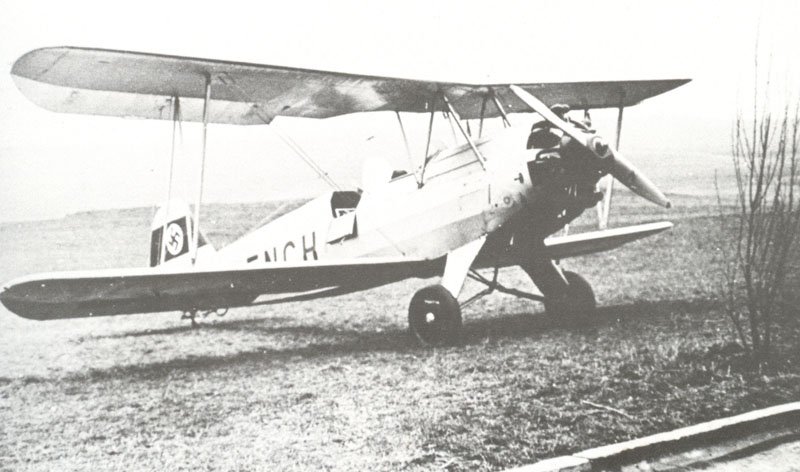
The period of training given to new pilots of the German Air Force (Luftwaffe) was steadily shortened during the course of World War 2; the description below may be considered representative of the situation during the latter half of 1941.
For the prospective pilot joining the Luftwaffe from civilian life, the first step was a spell of six months at a Fliegerersatzabteilung or recruit training depot; this was the equivalent to the ‘square-bashing’ or ‘boot camps’ in other air forces. There the main emphasis was on drill and physical training, and the air aspect was introduced only in elementary lectures on the principles of wireless and map reading.
Having completed this initial training, the student pilot moved to a Fluganwärterkompanie, where he spent up to two months studying general aeronautical subjects. Thus prepared, he moved to an A/B Schule (elementary flying school) where he flew light aircraft such as the Klemm 35, the Focke Wulf 44 and the Buecker 131.
For his A2 license the pupil received instruction in aerodynamics, aeronautical engineering, elementary navigation, meteorology, flying procedures and training in the reception of Morse. For his B license he flew higher-performance aircraft like the Arado 66, the Gotha 145 and the Arado 76, heavier aircraft like the Junkers W33 and W44 and the twin-engined Focke Wulf Fw 58, and obsolescent combat types such as the He 51, the Ar 65 and the Hs 123. On successful completion of his B2 training the candidate had between 100 and 150 hours flying time, and received his Luftwaffenflugzeugfuehrerschein (pilot’s licence) and his Flugzeugfuehrerabzeichen (pilot’s wings).
Those pilots selected for single-engined fighters or dive-bombers now went straight to the respective specialist schools for training in these roles.
Prospective twin-engined fighter, bomber and reconnaissance pilots went on to the C Flying Schools, where they received a further 50 to 60 hours flying during a course of some six months duration. These pilots were given ground training in advanced aeronautical subjects, and flew obsolescent operational types such as (in the case of bomber pilots) early versions of the He 111, the Ju 52, the Ju 86 and the Do 17. When he qualified at the C School the pilot received his ELF* or advanced pilot’s license. He was now able to fly his aircraft by day or by night with reasonable proficiency, had limited training in instrument flying, and could perform simple cross-country navigational flights under fair weather conditions.
On leaving the C School, the twin-engined fighter pilots went to their specialist school; the bomber and reconnaissance pilots were sent for 50 to 60 hours extra training in blind-flying, before moving to their specialist schools.
At the various specialist training establishments (Fighter, Bomber, twin-engined Fighter, Dive-bomber and Reconnaissance) the pilots to fly multi-seat aircraft joined up with their crews. Combined crew training began, flying in operational types of the latest design. In general the exercises engaged in at the specialist schools were similar to those flown by bomber and reconnaissance pilots at the C Schools, but the night and cross-country flights were of longer duration and were undertaken in less favorable weather. On completion of their training at the specialist school, the crew usually remained together and was sent to an operational unit.
An important point to note is that during the initial part of the war the role of the observer (German: Beobachter) in a multi-seat aircraft was not so close to that of navigator as the literal English translation of the term might suggest. In fact the observer was trained as an aircraft captain, having flown as a pilot up to C standard before moving to the observers’ school for a nine-month course (where he received further training in blind flying as well as navigation). Soon after the outbreak of the war the rule of the observer being the aircraft captain was gradually relaxed; from the beginning of 1942 observer training steadily deteriorated, until by 1944 it was down to five months, with little pilot training.
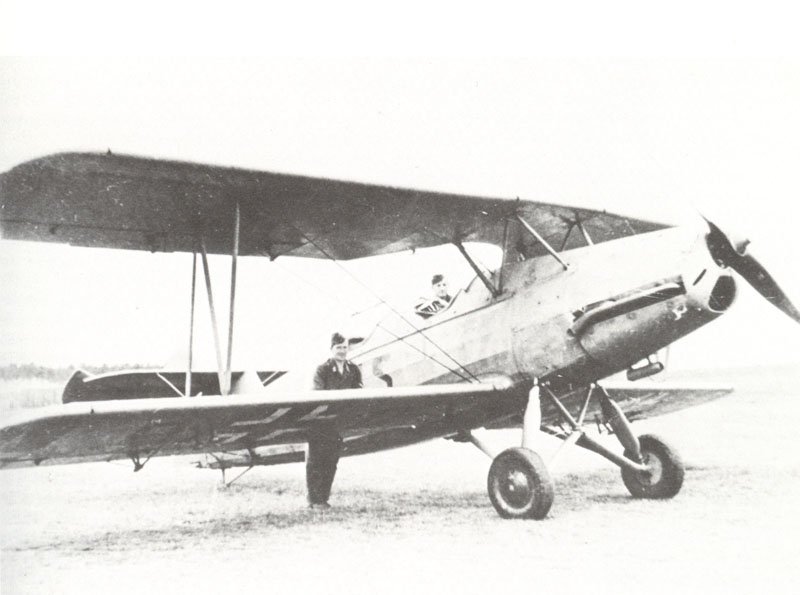
Having passed through their respective specialist training schools, the crews were sent to Ergaenzungseinheiten (operational training units) attached to the various operational Geschwader or Gruppen (groups). Here the crews learned the tactical methods peculiar to the operational units they were later to join. As well as providing operational training, the Ergaenzungseinheiten served as holding posts for trained crews until they were required by the front-line units.
From the time he joined the Luftwaffe until he arrived at his Ergaenzungseinheit, a fighter or dive-bomber pilot had received about 13 months training with 150 to 200 flying hours; a bomber or reconnaissance pilot had received respectively 20 months and 220 to 270 hours.
It must be stressed, however, that these figures refer only to men who had passed through the system prior to the beginning of 1942. For in that year the Luftwaffe training organization, efficient and smooth-running at the beginning of the war, began to crack under the strain exerted upon it.




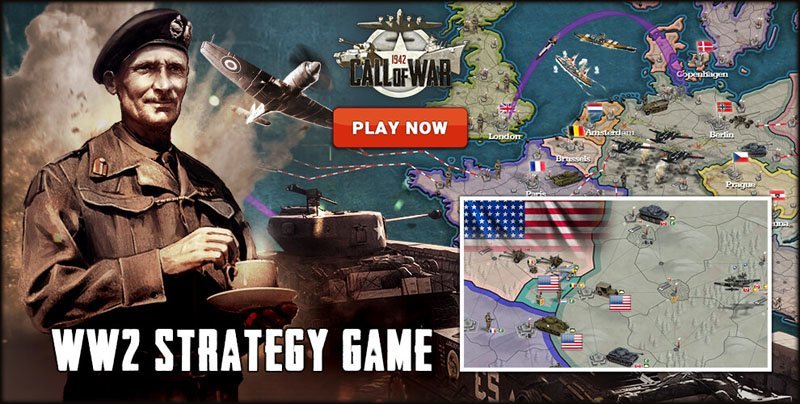

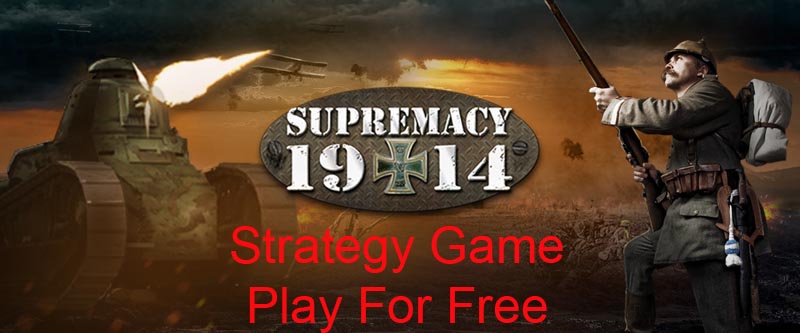



1945 a trainer needing no dual,only a 30 minute briefing was built called the Wren of 51 HP. Was stall proof
Flying mag carried pix + article from British AREO mag in Sept 1948. Was test flown at Farnsingham flight center, Britian.